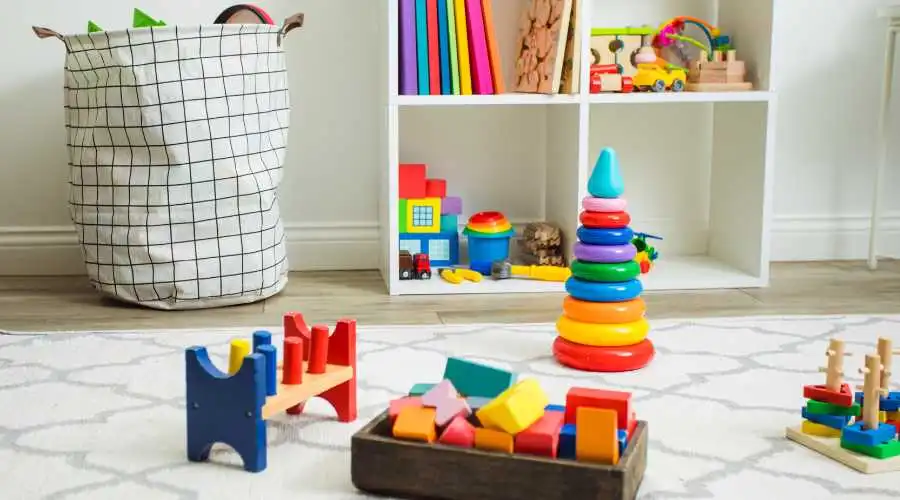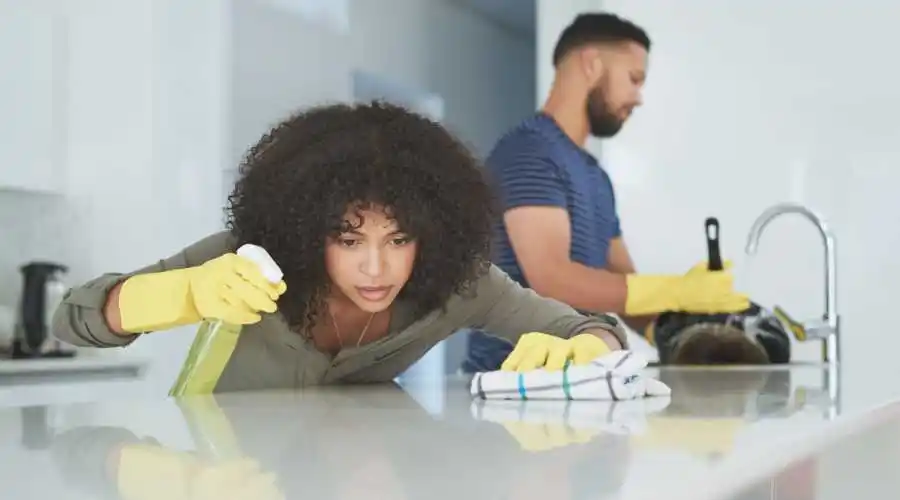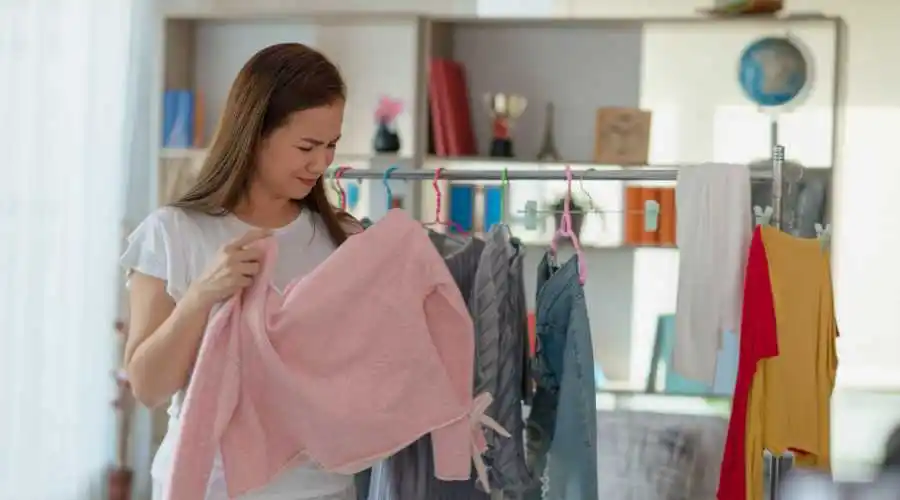Any educational environment needs janitors and cleaners. The efficacy and achievement of students are significantly impacted by a clean and safe school environment.
You might be curious to see how different school environments fare in terms of cleanliness. Should you clean up after the older or younger group of students? The significance of maintaining a spotless school as well as the differences in cleaning procedures between high schools and primary schools are covered in this essay.
At every stage of education, whether it is preschool, high school, or university, unpleasant and filthy environments can make learning more difficult. Numerous factors might cause children to suffer in a filthy classroom, including:
In schools with perfect health, viral breakouts are a common problem. Due to the prevalence of these diseases, it is imperative to keep bathrooms, surfaces, and areas where kids prepare or eat food clean. This is crucial since schools use common areas so regularly.
If a school is regularly dealing with sickness outbreaks, attendance will surely be affected. A student who is homesick all the time will struggle in class.
Students who work in inefficient environments will pay less attention and produce less. Children must have a clean and maintained learning environment if they are to fully benefit from their time spent in school.
Keeping Kindergartens Clean
Kindergartens and preschools are examples of early childcare environments with a lot of activity, enjoyment, and creativity. The days are full with activities that encourage creative learning, such as gardening, water play, sandbox time, and arts and crafts. This demonstrates how kindergartens can be hard to keep structured and how they can quickly devolve into chaos.
Additionally, kindergartens offer a vast variety of shared toys and kitchen tools. Sanitation is crucial to preventing the spread of germs from one place to another.
It’s crucial to keep in mind that young children are more susceptible to infections and diseases. They have less developed immune systems than adults do. Even though the majority of kindergarten students will be immunized, there may be younger siblings or babies at home who have not yet had all of their vaccinations. Maintaining a healthy learning environment also affects the safety of other kids at home.
As a result, cleaning kindergartens will probably concentrate on:
- Particularly in the kitchen and bathroom, all surfaces, including those of the chairs and tables, should be immaculate.
- Since young children are more prone to allergies and asthma, it is important to protect them against dust, pollen, and other airborne allergens.
- Glass doors and windows. Kindergarten is covered in a lot of dirty little handprints. To keep everything appearing beautiful and brand-new, regular glass cleaning is required.
- Mopping and vacuuming. In early childcare centers, young toddlers or newborns spend a lot of time playing on the floors, which are readily contaminated. It needs to be cleaned every now and then to keep it in such beautiful shape.
Upkeep of High School Structures
The way to clean up after older children may change greatly. Anyone who has even a cursory understanding of a high school is aware that certain sections can very easily become unpleasant and unclean.
The restrooms are the first item that springs to mind. Unattended high school restrooms can get filthy with dirty paper towels that haven’t been disposed of, water that has spilled on the floors and sinks, and hand soap or sanitizer that has been smeared over the sinks. Here are some ideas we have for updating restrooms in schools.
Compared to kindergartens, high schools also have less direct supervision. The kindergarten staff is responsible for watching out for the kids and picking up after them. In high school, messes are more likely to be left for the cleaners because teachers don’t have the same responsibilities as students do. A high school is also more likely to have regular trash, leftover food, and trash that has been put there.
As a result, the majority of high school cleaning will involve:
- Bathrooms should be cleaned and sanitized, and floors should be mopped. The tables in the canteens or other eating areas should be cleaned, and the classrooms and homerooms should be cleansed of trash and food remains.
- Some portions of the school could be dirty and call for special cleaning, depending on the type of instruction it provides. This could include a dining room, a woodworking shop, or a space for textile technologies.
Depending on what you do and don’t mind doing, you can decide if these are advantages or disadvantages. If accuracy is your thing, cleaning kindergartens can be a great fit for you because they call for a higher level of care. High school cleaning, though, might be more your thing if you are better at general cleaning (and aren’t frightened of a little bit more mess).







